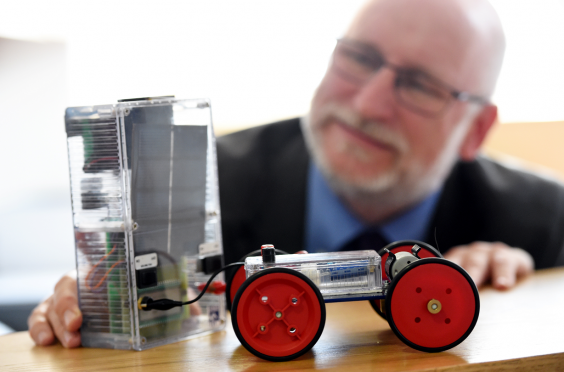Moray children and their parents have been harnessing nature’s elements to create their own solar buggies and wind turbines.
Workshops were run at the weekend at the Falconer Museum in Forres, allowing youngsters to get hands-on experience of renewable technology.
Visitors plugged the buggies from boxes packed with parts before seeing how far they could travel outside.
Workshop leader Lauren Morar from Hands on Science said: “It’s all about teaching the children about clean energy and introducing them to engineering.
“With the wind turbine challenge, they had to build a structure and learned about triangles being the strongest shapes.
“It’s really creative too. When we go into schools, we often find it is the children that are struggling that do really well, but this is really inclusive.”
Nearly 200 people went through the doors of the museum during the weekend to take part in the sessions.
Anderson Primary pupil Faith Kenyon, 10, said: “It was really interesting. I learned that you could take the power from the sun and use it for something else.”
Parents were also encouraged to learn skills at the event with graphs being used to plot how far each buggy could travel. After getting it to run straight, they were set the task of charging it up to run for a specific distance.
Mrs Morar said: “We run it as a family challenge. We had a team of dads working together and it really got quite competitive.”
The event was run as part of the Festival of Museums and was funded by the Berryburn Trust. Museum project development officer Anne Owen was delighted with the amount of people that took part.
She said: “It’s been a fantastic weekend. It really got the children thinking about the future of energy.
“It all came out of our Power to the People exhibition, which looks at the history of energy, and has been a lot of fun.”
